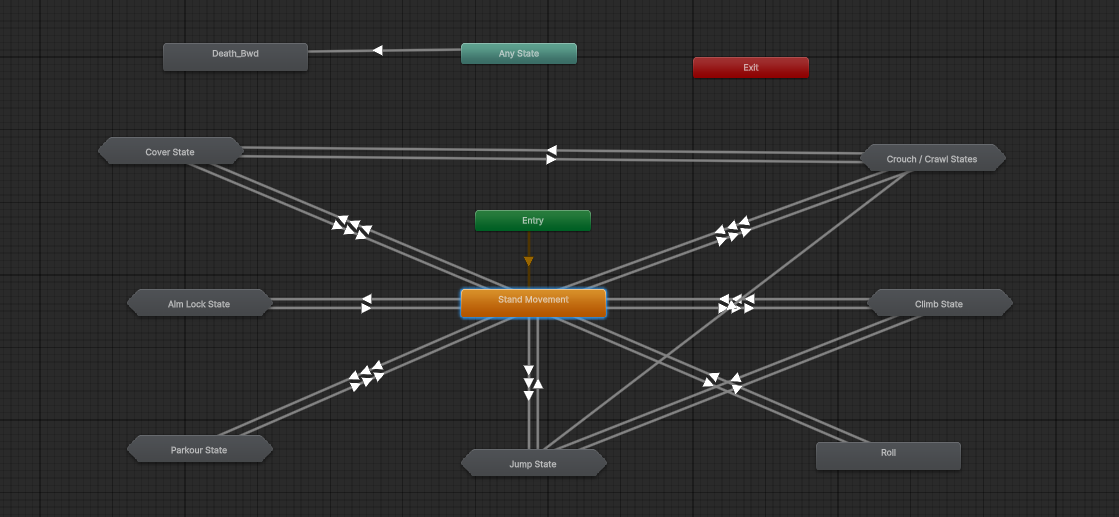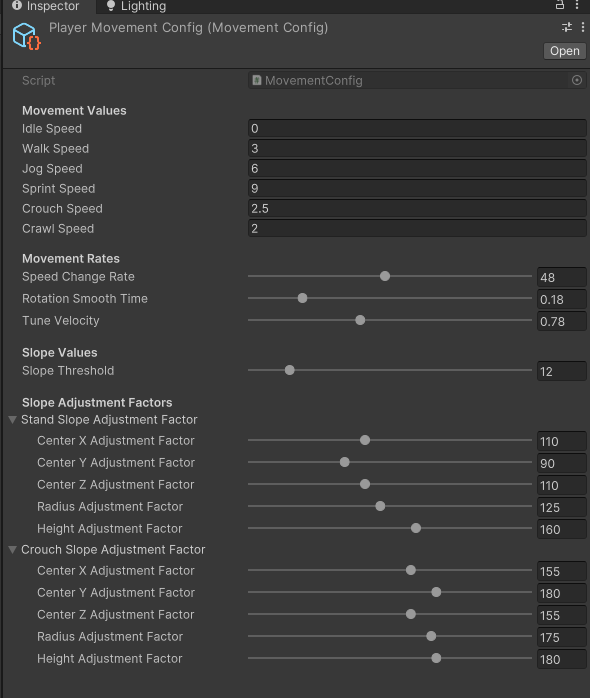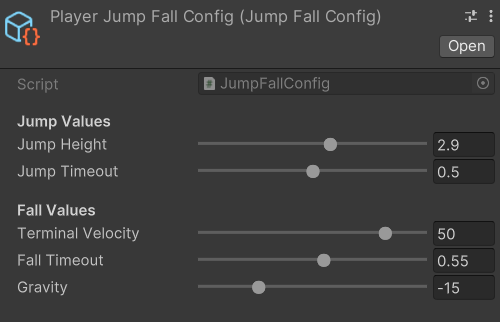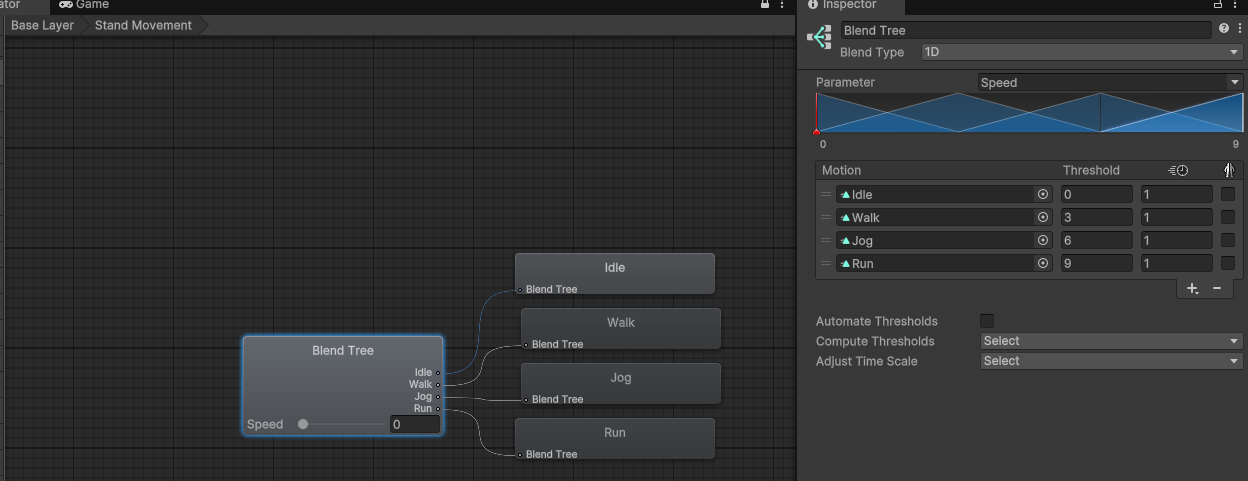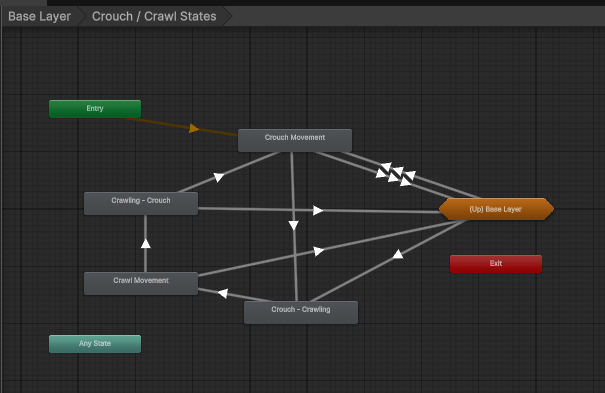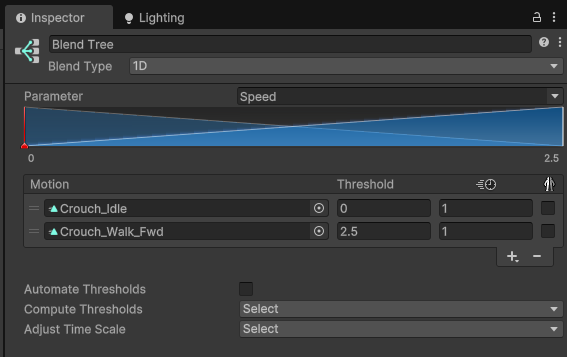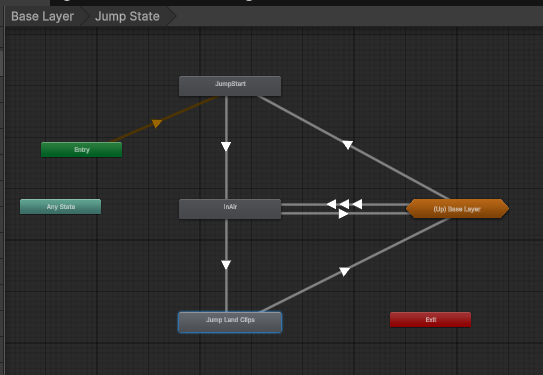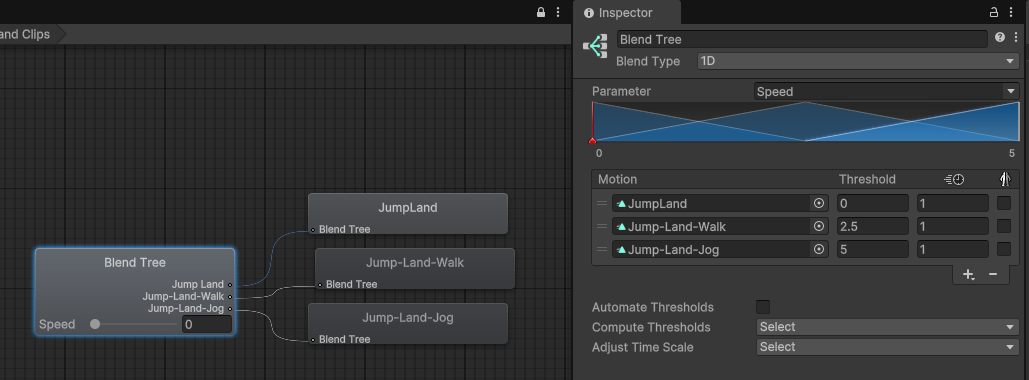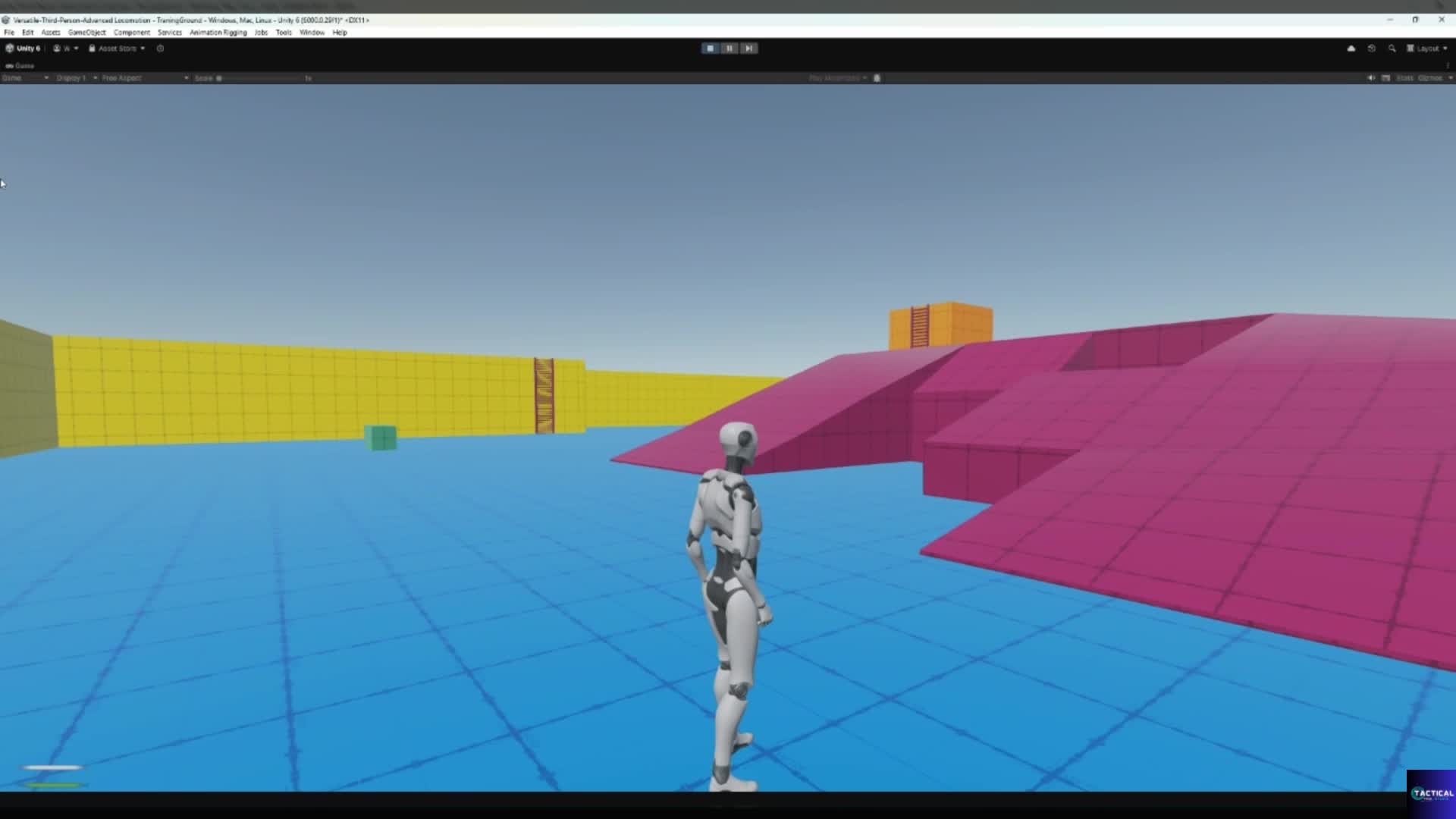🚀 Character Movement & Roll with Animator Integration in Unity
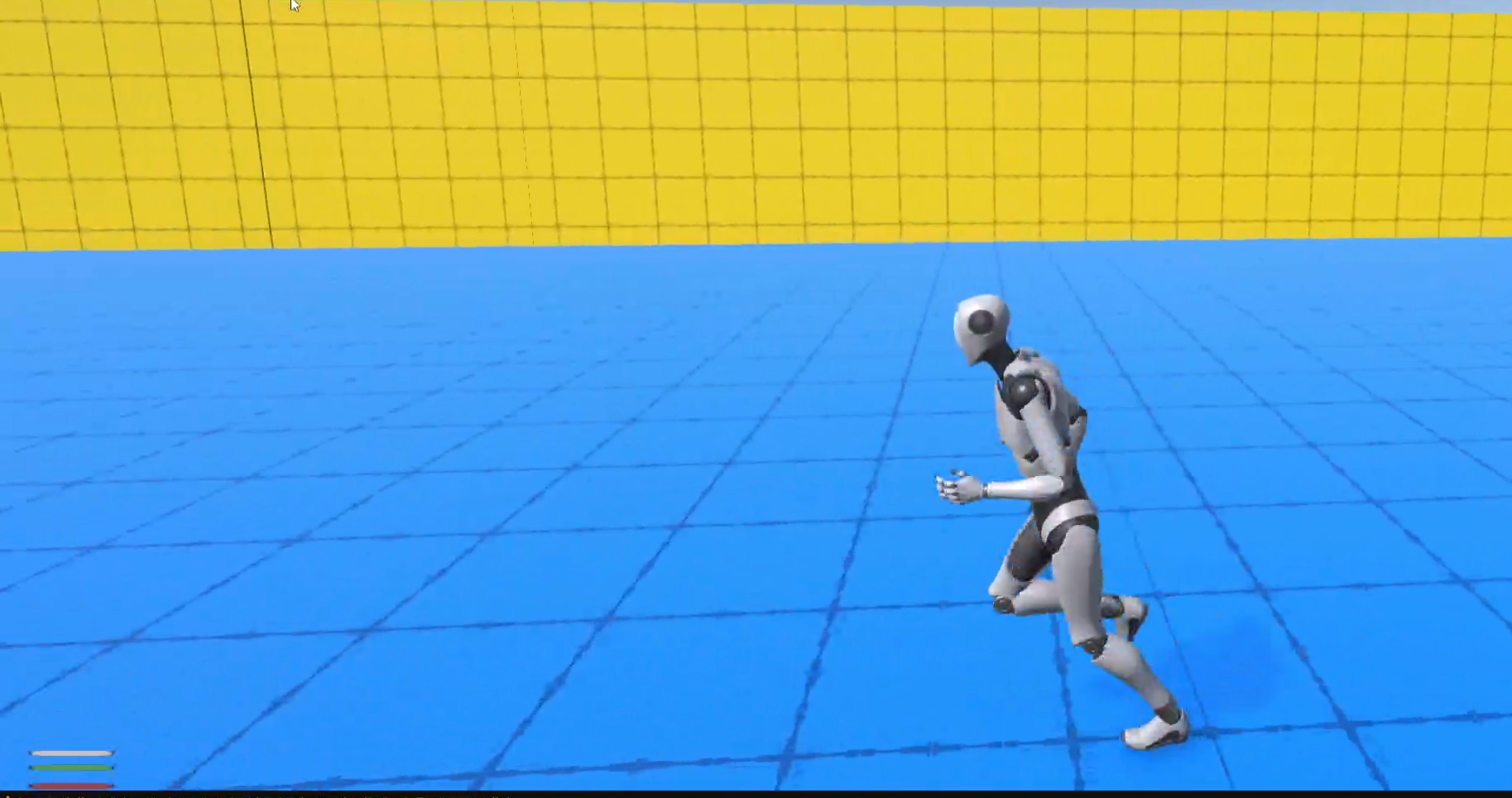
True Tactical Studio’s Modular Third-Person Framework delivers fluid, responsive movement using Unity’s Animator, Blend Trees, and Scriptable Objects. In this deep dive, I’ll break down how to achieve seamless transitions between Idle, Walk, Jog, Sprint, Crouch, Crawl, Jump, and Roll—and why this matters for your game.
Why Smooth Movement Matters Smooth character movement is more than “nice to have.” It’s the feel of your game. Whether you’re building an action title, an adventure, or a stealth experience, your movement system is the foundation for everything else.
How It Works in Our Framework1. Animator Overview & Sub-State Machines We use a modular Animator setup, where:
- Each movement state (Idle, Walk, Jog, Sprint, etc.) is a sub-state machine within the main Animator Controller.
- This keeps transitions organized and allows for future expansion (for example, adding new stances or mechanics).
Pro Tip:
Keep your Animator clean by separating high-level states (movement, combat, death, etc.) into layers or sub-state machines.
2. Movement Blend Trees A core part of fluid transitions is the Movement Blend Tree:
- Handles Idle ↔ Walk ↔ Jog ↔ Sprint based on velocity or input magnitude.
- The Blend Tree parameters are linked to the player’s speed—so as the input increases, the animation smoothly blends from idle through walking and up to sprinting.
Technical Detail:
- We use a float parameter (e.g., “MoveSpeed”) that’s driven by the controller’s normalized velocity.
- The Blend Tree weights each animation and interpolates in real time, eliminating “snappy” or robotic transitions.
3. Configurable Blend Tree Settings Customization is crucial:
- All blend parameters (thresholds, animations, damping times) are exposed via Scriptable Objects.
- This lets you tweak how quickly your player accelerates, at what speed the walk turns into a jog, and more—without touching a line of code.
4. Scriptable Objects for Movement
- Each movement state’s configuration (speed, acceleration, animation set, transitions) is managed by a Scriptable Object.
- Want to create a new movement profile? Duplicate a SO, assign it to your character, and you’re done.
- This is what enables our framework to adapt to different genres, controller styles, or even non-humanoid characters.
Real-World Results With this system, you get:
- Seamless animation transitions in all directions
- Cleaner code (no hardcoded magic numbers)
- Quick iteration—test different “feels” for your character in minutes
- Ready for expansion (crouch, crawl, roll, parkour, and more can be added the same way)
Tips for Developers
- Always separate logic (code), data (Scriptable Objects), and visuals (Animator) for scalability.
- Use Blend Trees for any movement with gradual transitions—don’t blend jump, roll, or dead states unless you really need to.
- Test different threshold values for a “weighty” or “arcade” feel.
Have You Used Animator Blend Trees? Have you implemented advanced animation transitions in Unity? What challenges did you face, or what tricks made your system feel great?
Share your experience in the comments—or ask about our setup! Try the Modular Third-Person Framework Want a ready-to-go, fully customizable character controller?
Check out the asset on the Unity Asset Store! Versatile Third-Person Controller System | Systems | Unity Asset Store
